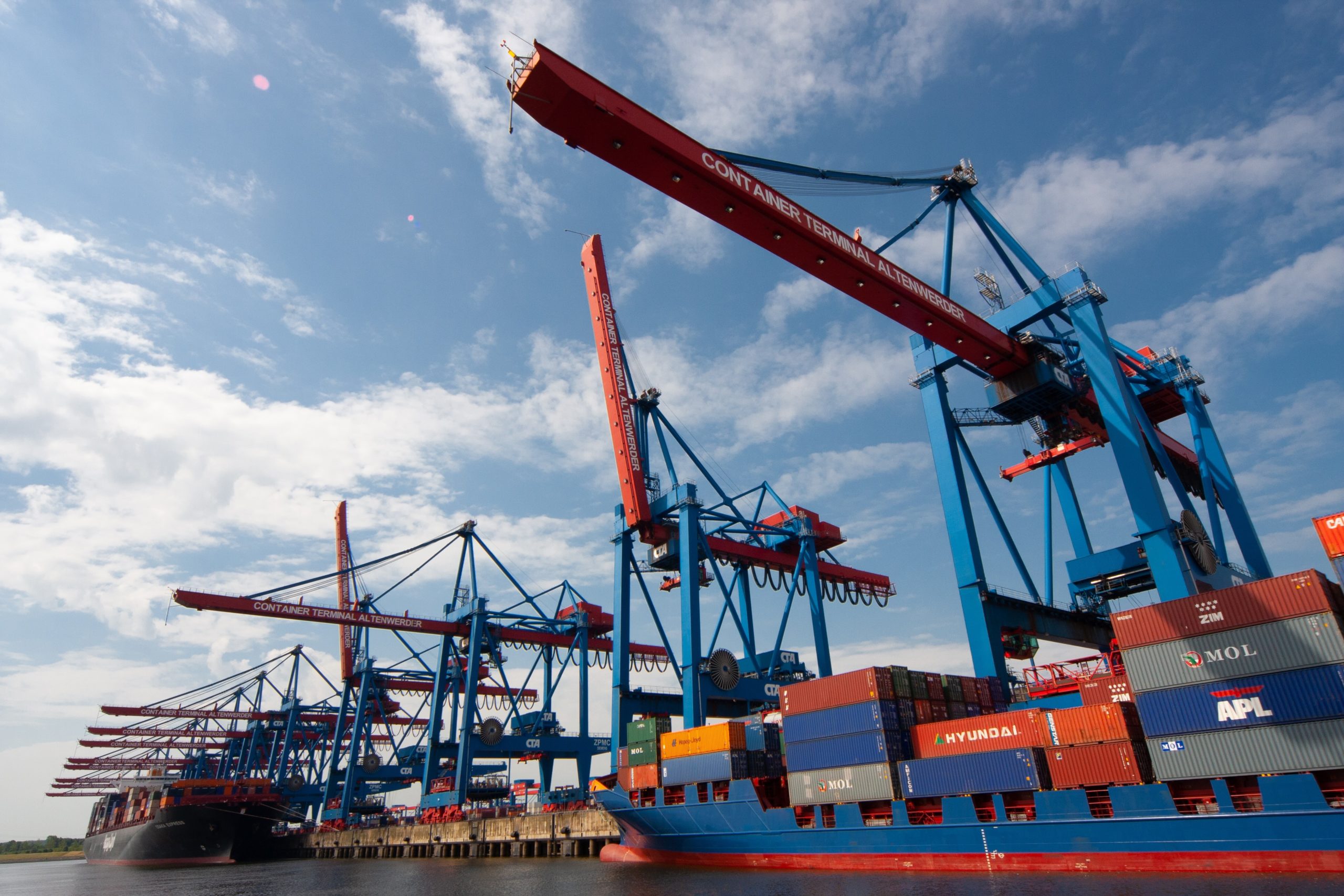What’s in the article: This blog covers the following topics :
- How the price rise has impacted businesses during the pandemic
- Reason for the drastic increase in freight prices
- The impact of the container vessel shortage
- Probable events that will lead to a downfall in freight prices
In recent months, businesses and shippers have been plagued with abnormally high freight rates. The price rises have been quadrupling drastically. Through this article, we explore the reasons for these rate increases and the correlating scenarios where the freight rates would potentially drop.
Less than a quarter ago, the container shipping rates from China to the United States peaked and hit $20,000 per 40-foot box. For comparison, the prices stood at just under $11,000 for a similar container in the last week of July 2021. Freight prices have climbed over 500% in the last year.
Further, the pandemic has caused a series of economic events that have changed the way businesses run today. The inevitable result of the economic turmoil impacts the price of shipping. The current circumstances have made the freight industry a carrier’s market.
Why have freight rates been on the rise?
The reasons for the increased cost have been varied: it generally ranges from traditional drivers like seasonality and demand to more complicated factors like geopolitical scenarios. During the start of the year, pandemic-related restrictions resulted in a 75% increase in rollover cargo at the top 20 global ports. Further, the industrial slowdown in China led to a massive build-up of containers at the warehouses.
These constraints ultimately resulted in the lack of free containers for regular shipping needs. This had a direct impact on freight rates. This trend has been on the rise ever since the pandemic.
In such a skewed market, one would have expected an equilibrium to kick in and the demand for freight to fall. However, consumer behavior during the pandemic has led to a steady requirement for shipping, with carriers in this market raking in historically high profits.
Shippers have been willing to pay extreme premiums to be able to secure space in ships. Carriers argue that they are treating this period as compensation for several years of thin margins.
Typically, during the summer months of June to August, the freight industry sees a low season when the prices ebb. However, in 2021, historical trends have been blown away, with prices further spiking during this summer.

Access FreightWaves Sonar Data through Turvo TMS for actionable, accurate freight market data for shippers, 3PLs, brokers, and carriers.
Learn More
The impact of the container ship shortage
To meet the unexpected hike in demand, carriers attempted short-term remedies. Research by Alphaliner shows carriers trying to cash in on the current boom, deploying more ships – including vessels that were destined to be scrapped. Today, there are almost no functional containers/vessels left in the world without being operational in this period.
A second method of meeting more demand has been to increase the speed at which a ship travels. Speed is up 6% year on year. Container ship speeds hit a five-year low in May 2020 but since then, the global average speed of container ships has risen to 14.9 knots.
However, this solution seems to be short-lived. What is the use of speeding up ships or deploying more vessels if these were going to be berthing idly at ports around the world?
Additionally, such increases in speed would not make a compelling impact as ships follow fixed weekly schedules. For example, a vessel crossing the Pacific usually at 13 knots would only save one or two days in schedule with a marginal increase in the speed. This doesn’t give any extra space in a weekly service. To make additional capacity, ships would need to save seven days during their route.
Expected downfall in freight rates
What will ultimately cause the freight rates to drop to more rational levels? Ironically, one of the main answers is the actions taken by the carriers themselves to increase supply.
The apparent instability in this market is expected to stay until 2023. This is because the lack of containers and vessels will be met by then. In the first three months of 2023, carriers and non-operating owners are awaiting the delivery of approximately 170 new-builds / containers, at a total capacity of about 1.9 million TEU. With further orders in the pipeline, the supply-demand scale is envisaged to tip the other way in about two years’ time. The simple logic here is that when the supply capacity is increased in the economy, the prices will inevitably drop.
There are other small consolations that the industry could benefit from in the meantime. In fact, Drewry expects the rates to reduce nominally in 2022 by about 9% – however, this is nowhere close to the pre-pandemic prices.
All said and done, the freight market is difficult to predict. Freight rates are impacted by a myriad of factors, from port congestion to e-commerce growth to labor shortage. While pinpointing when rates will go down is improbable, businesses can look to adopt technology that gives them visibility into operations and monitor the current freight climate, creating a strategy that helps lease capacity for the best rate possible in the market.








